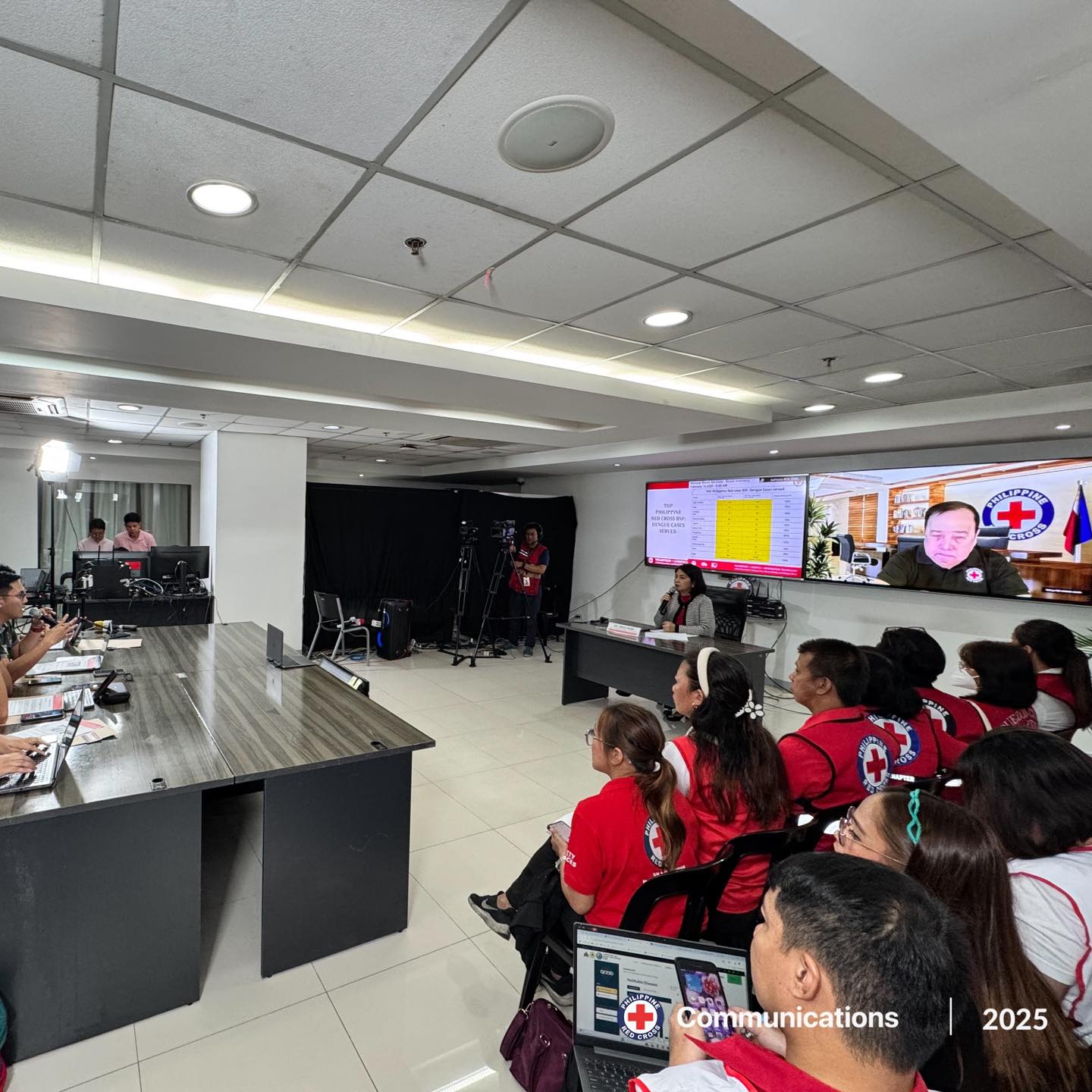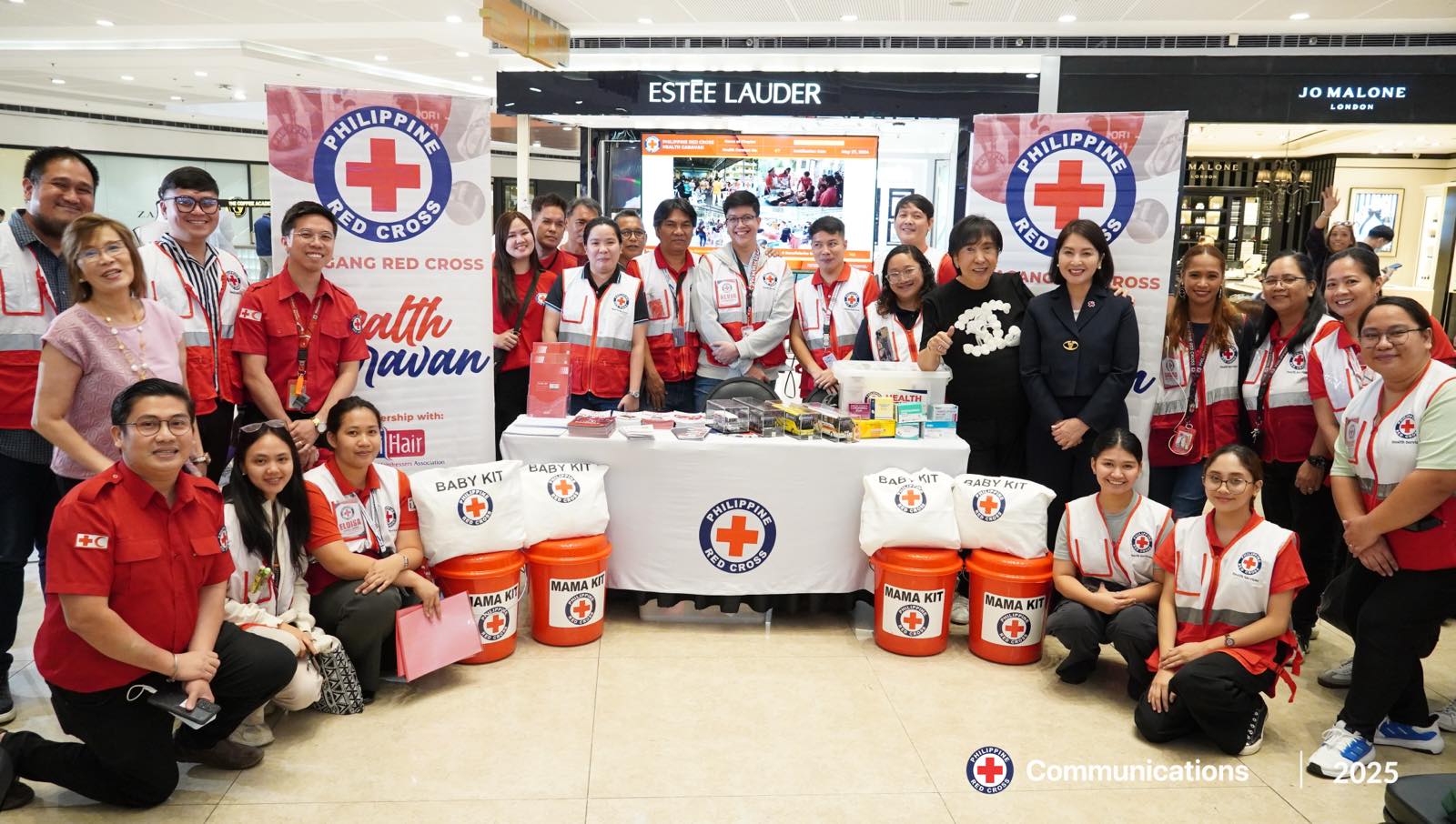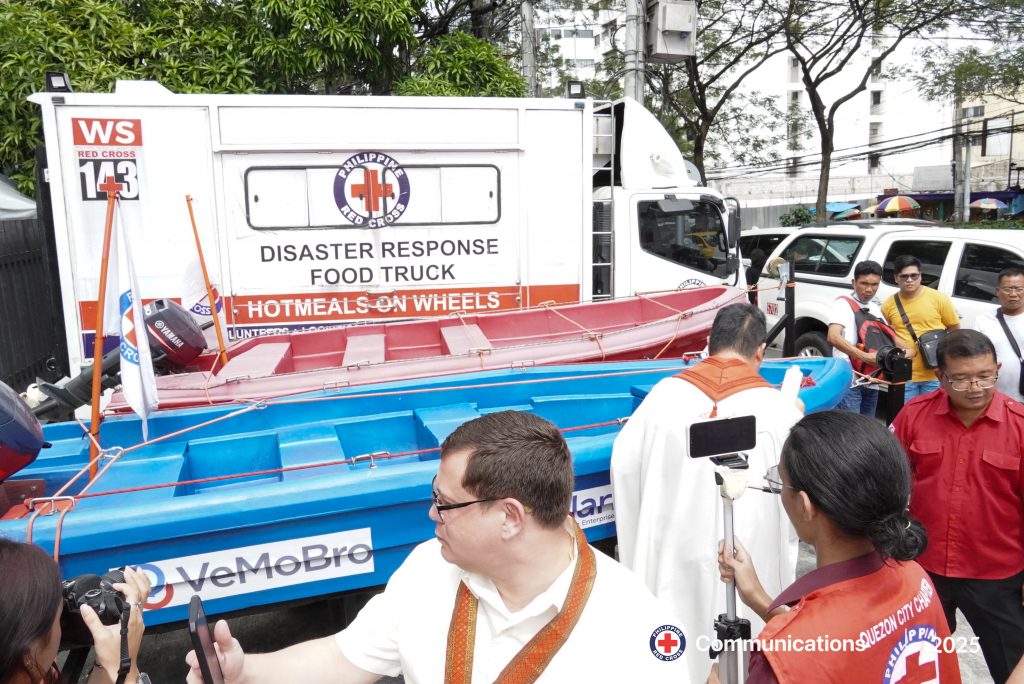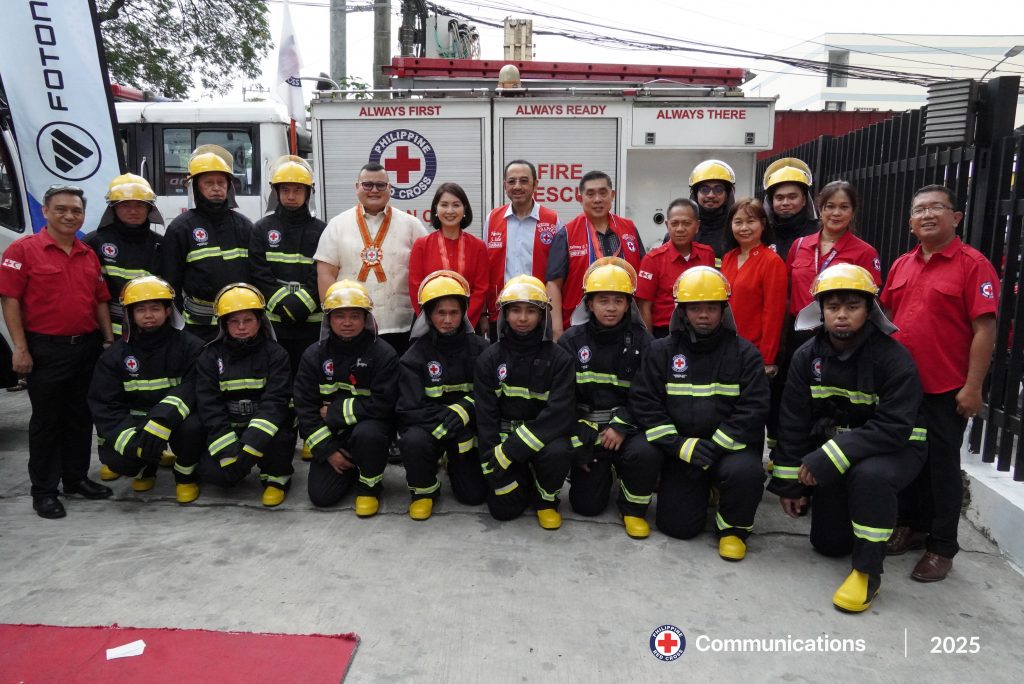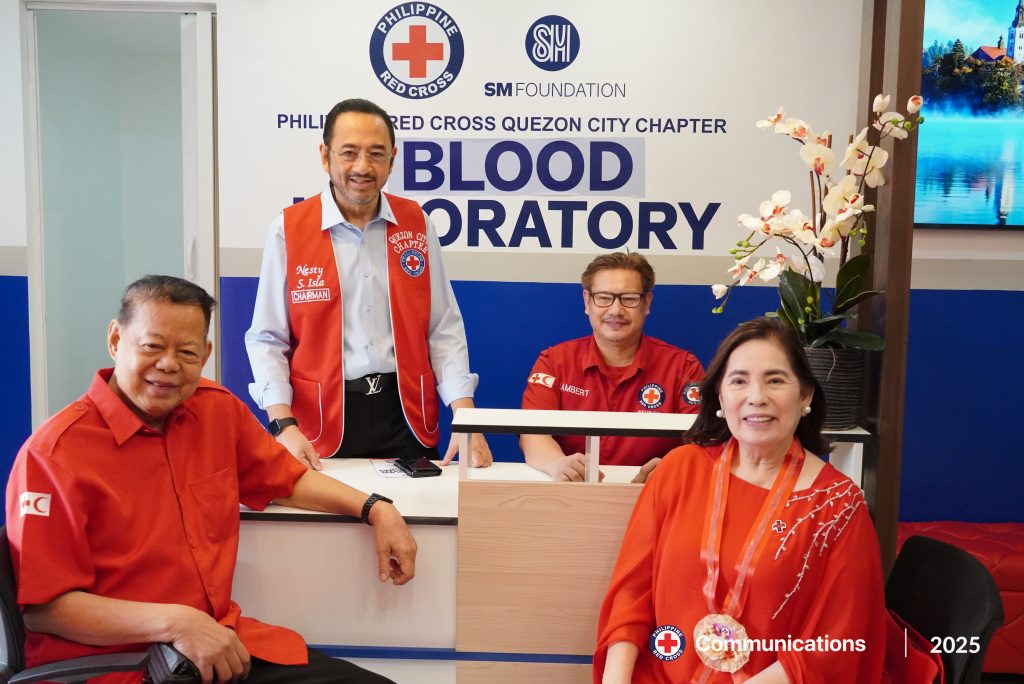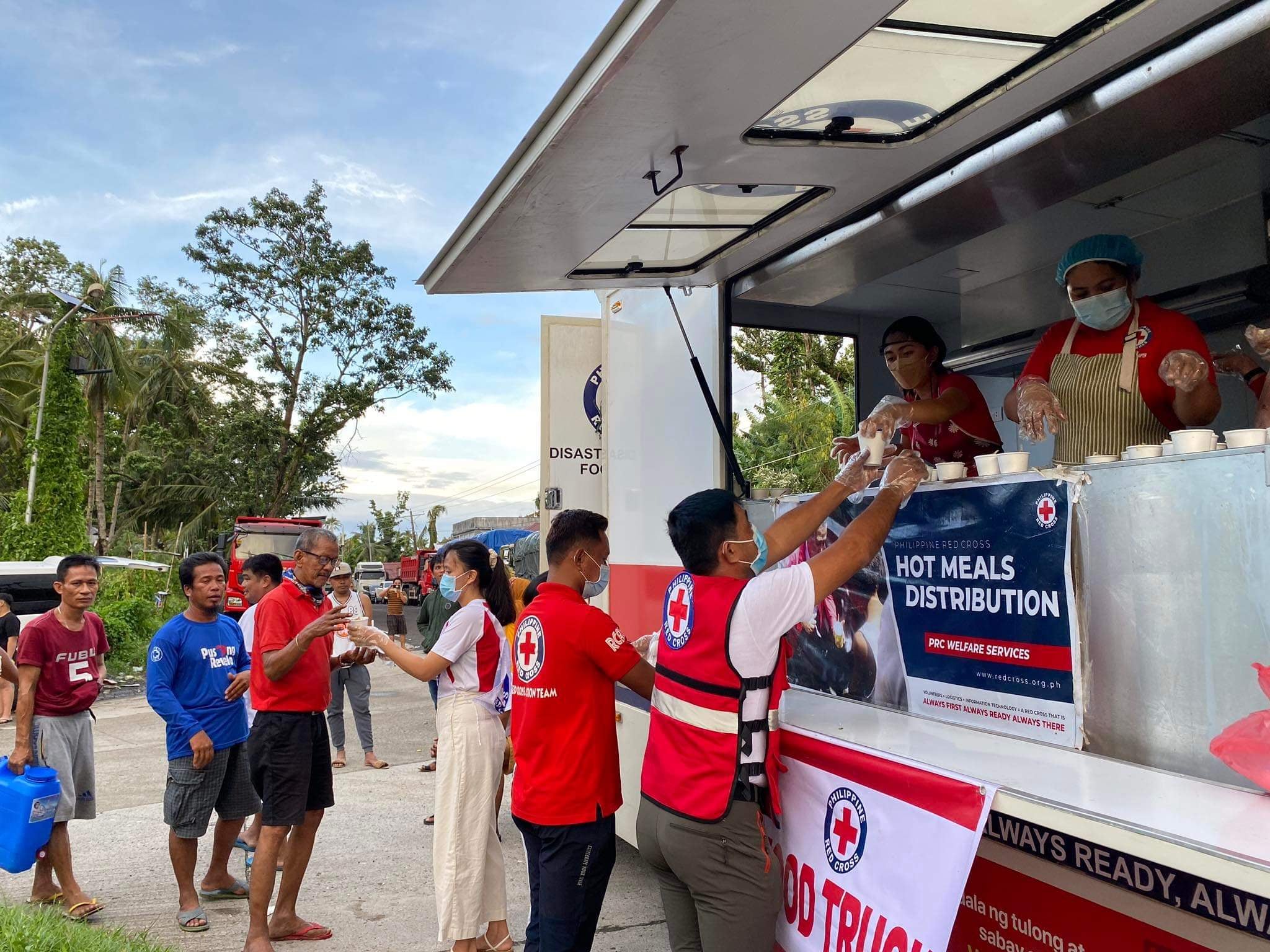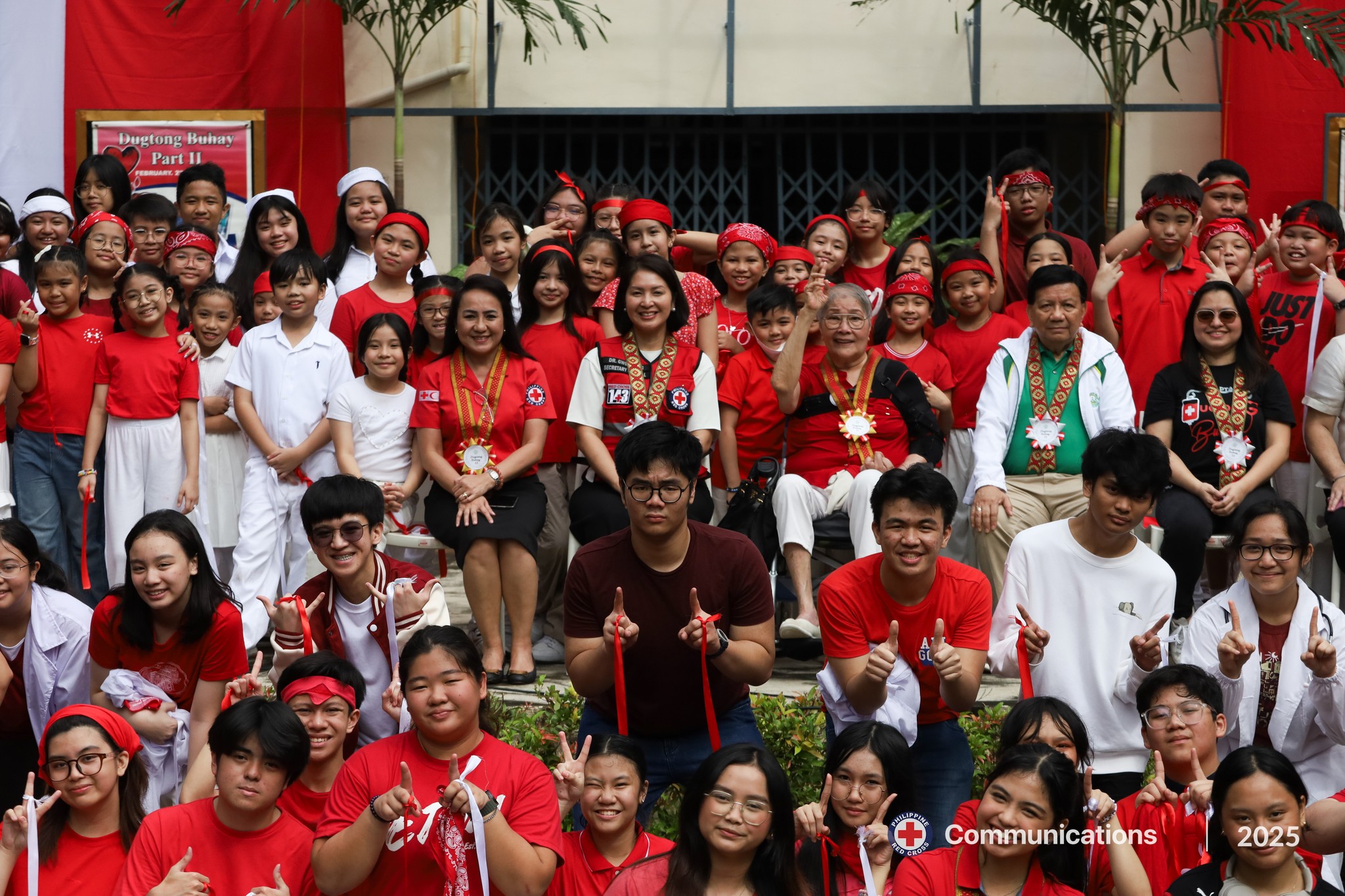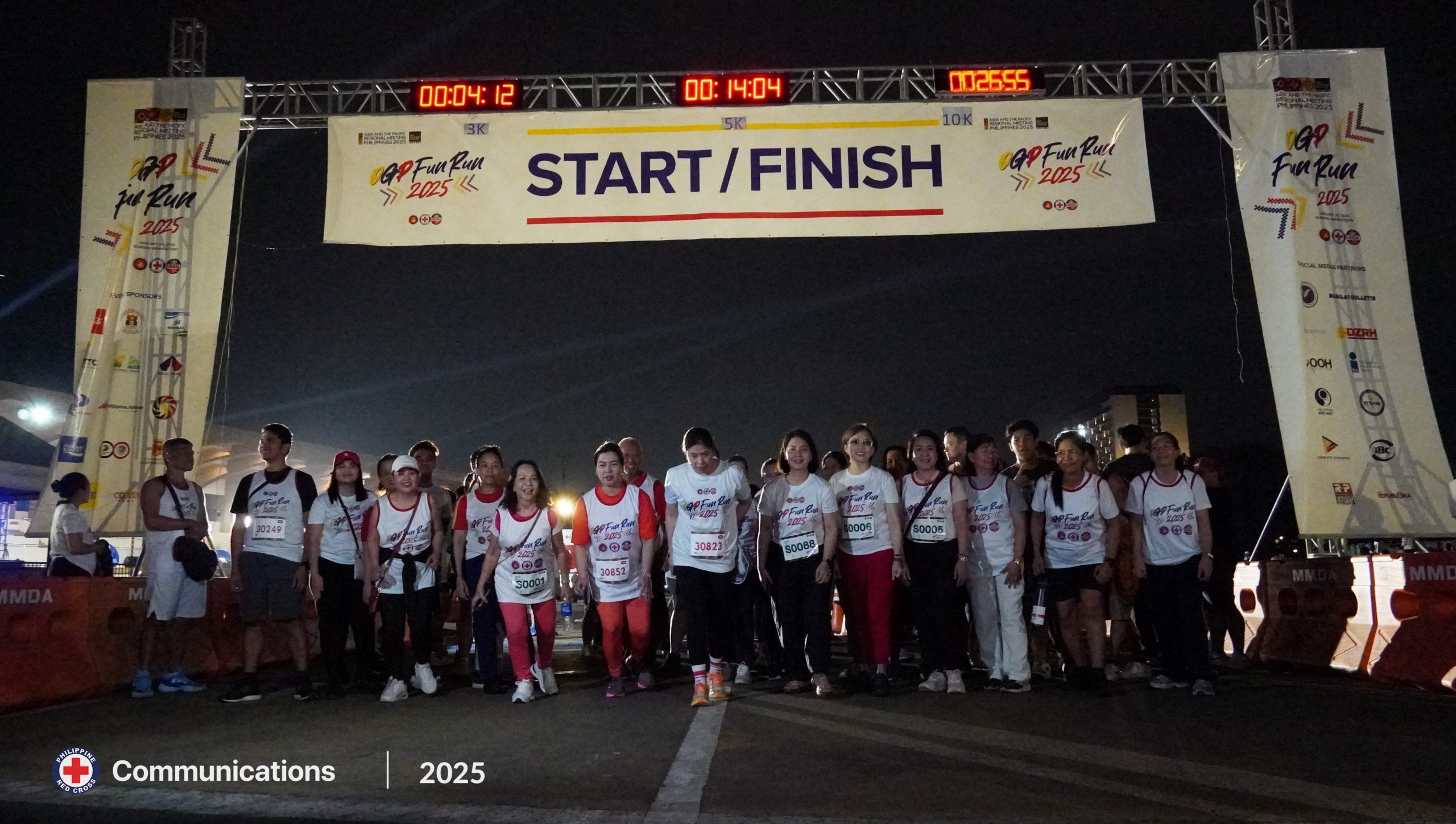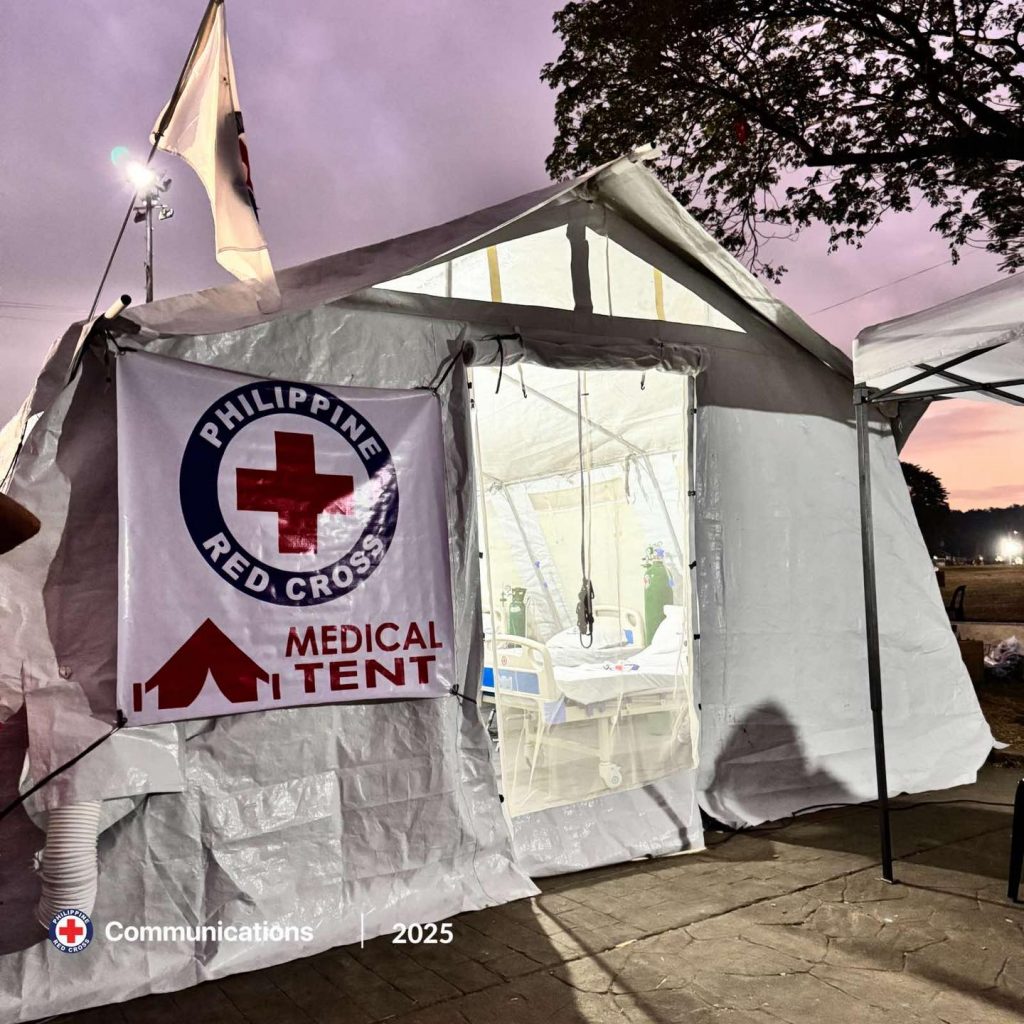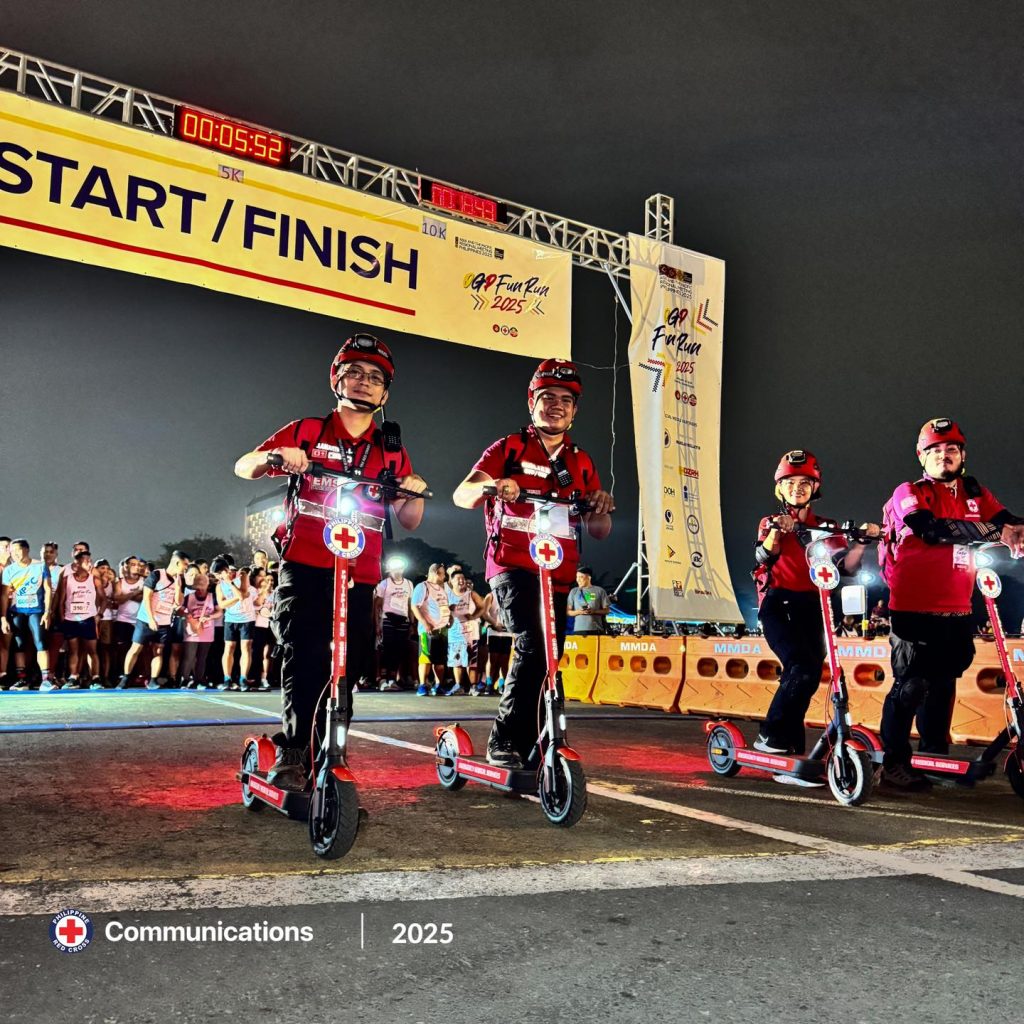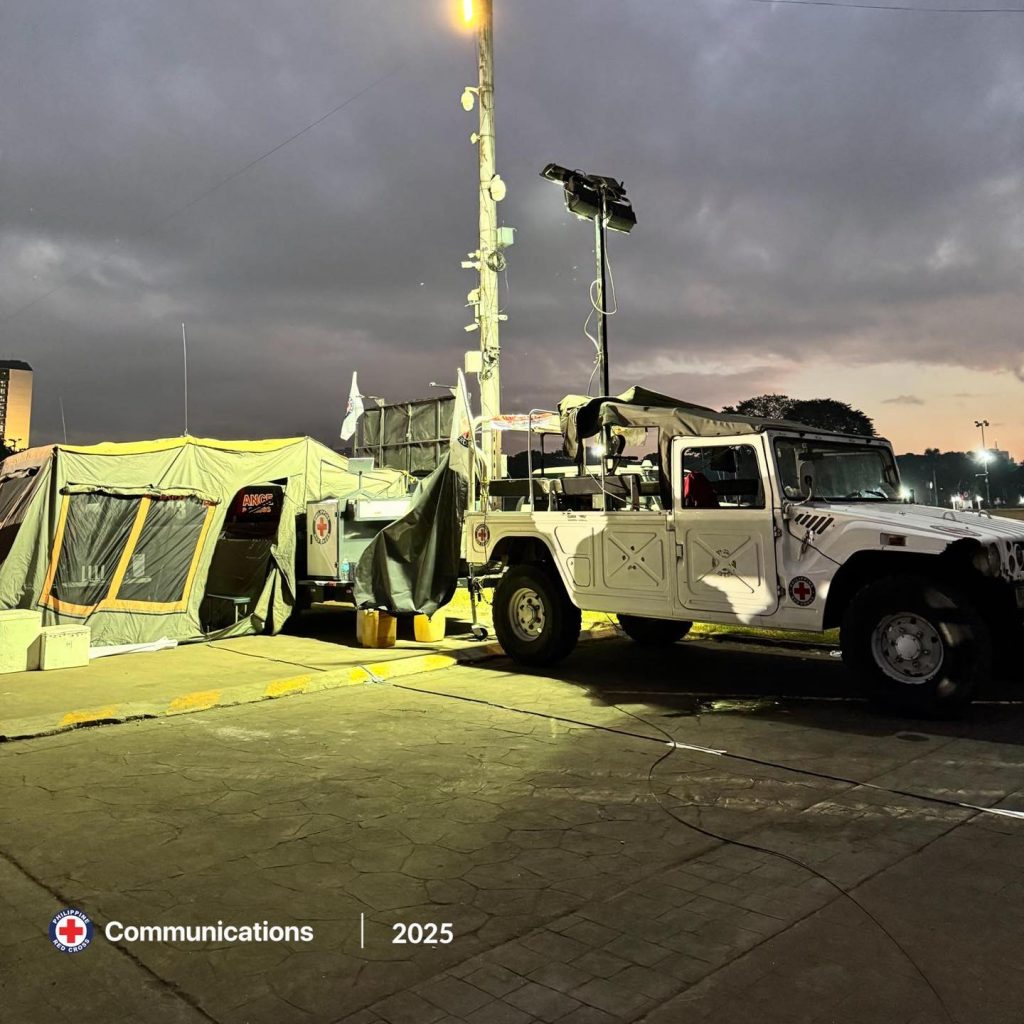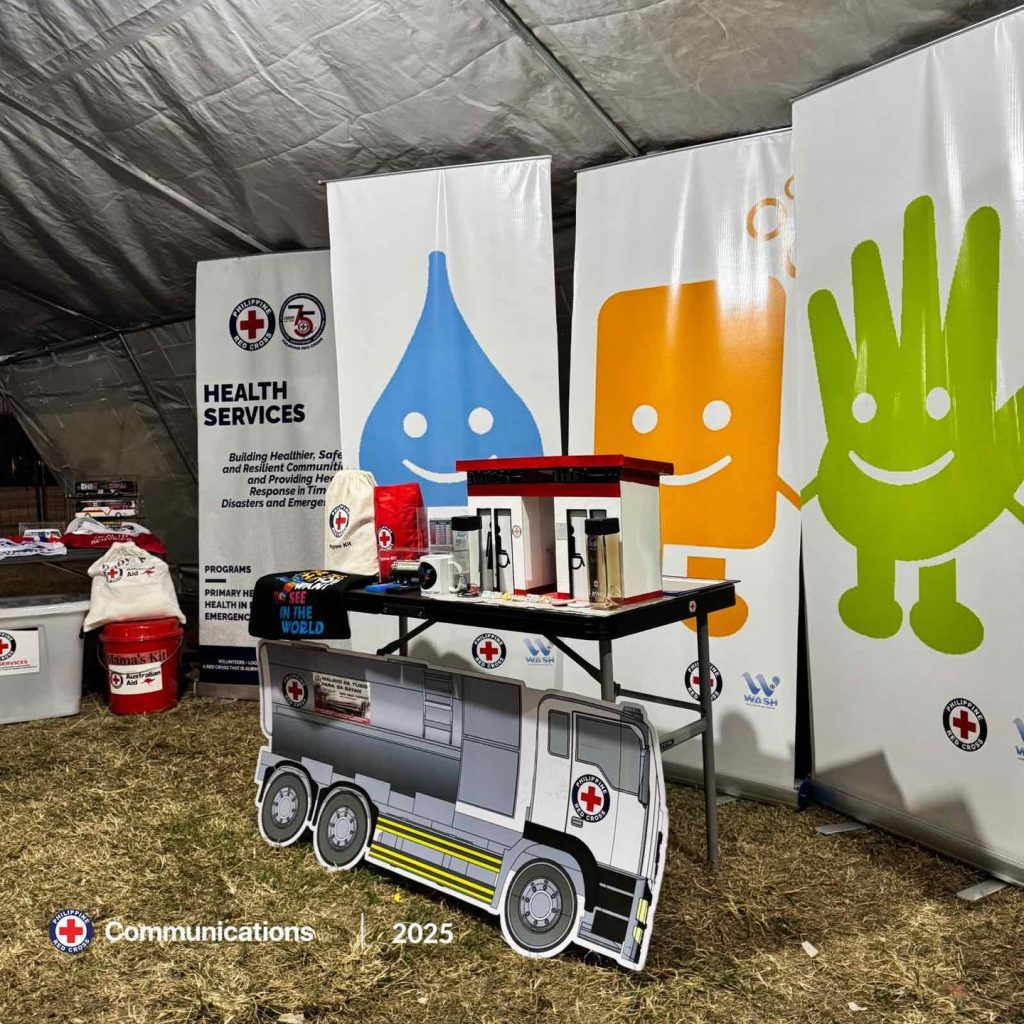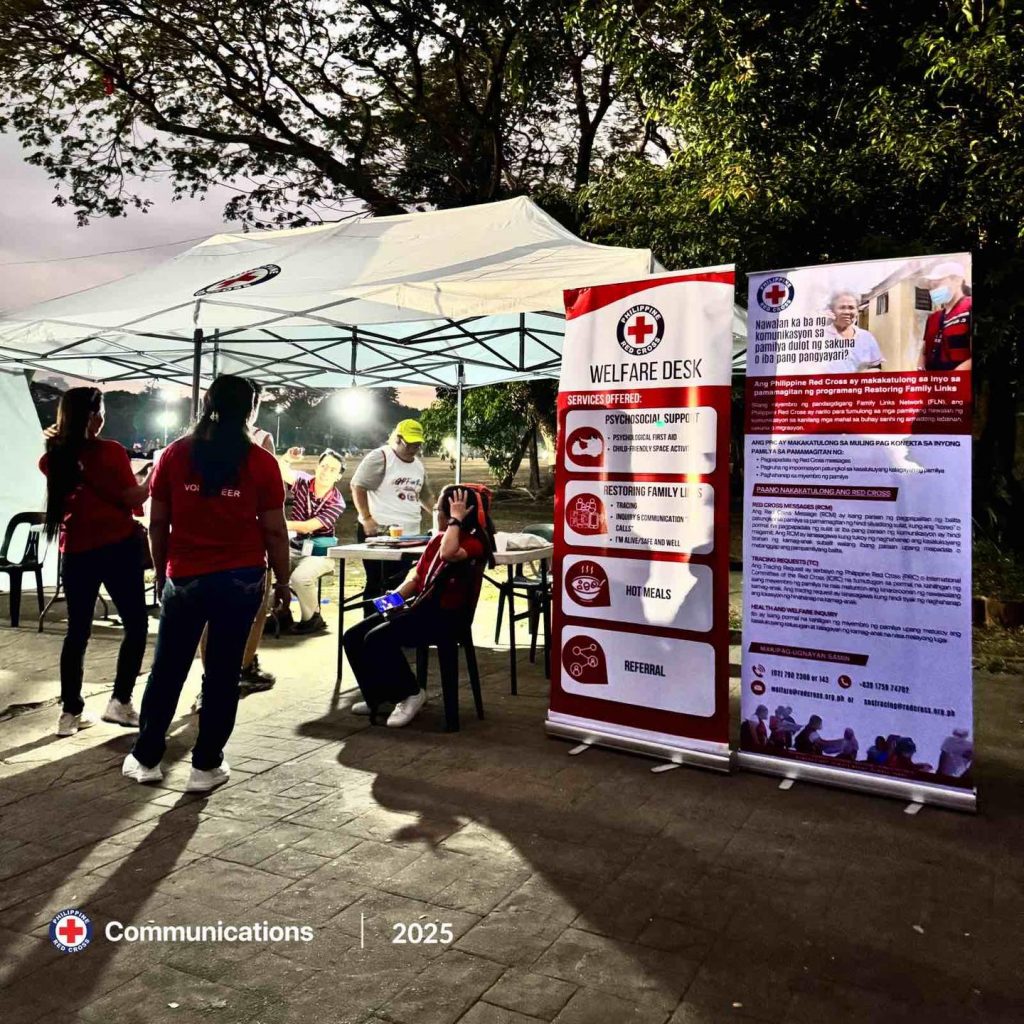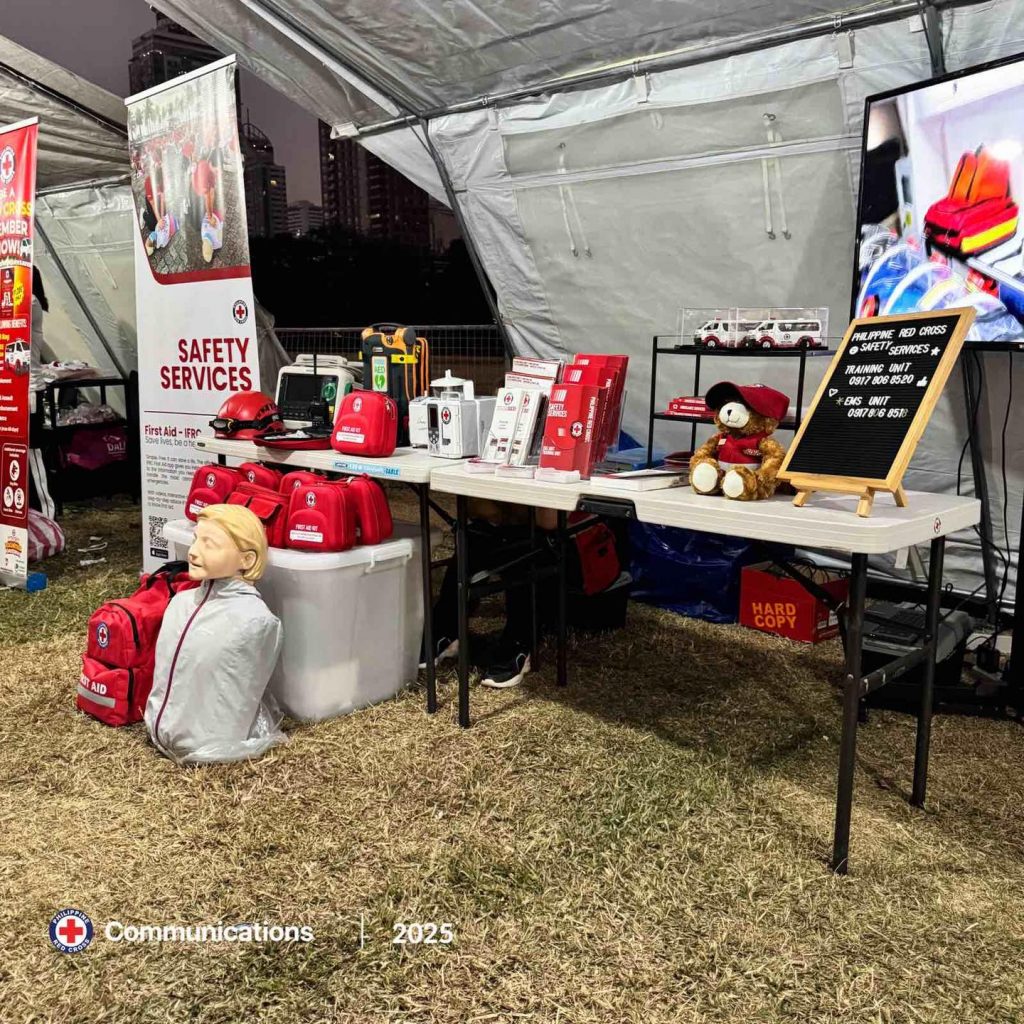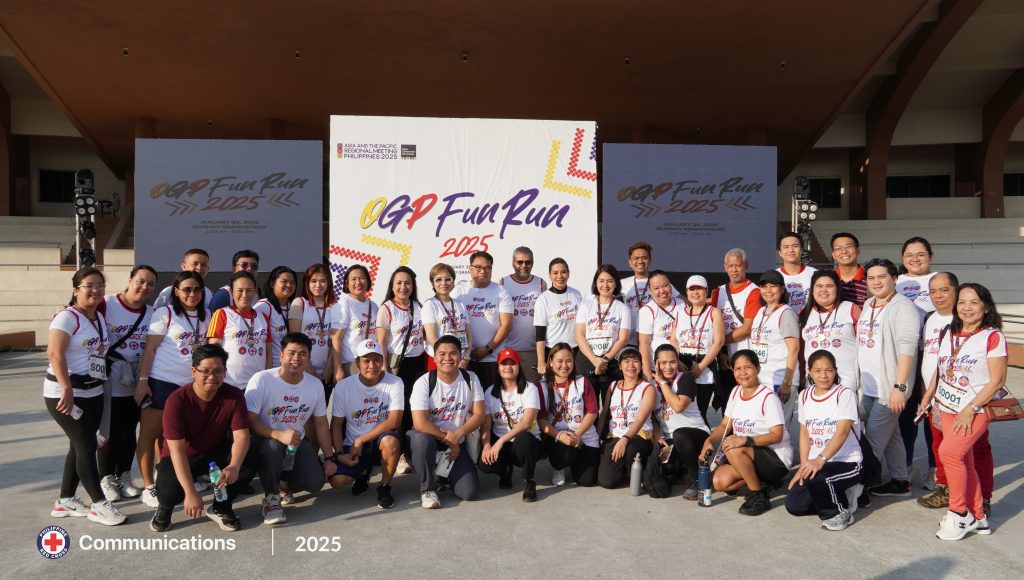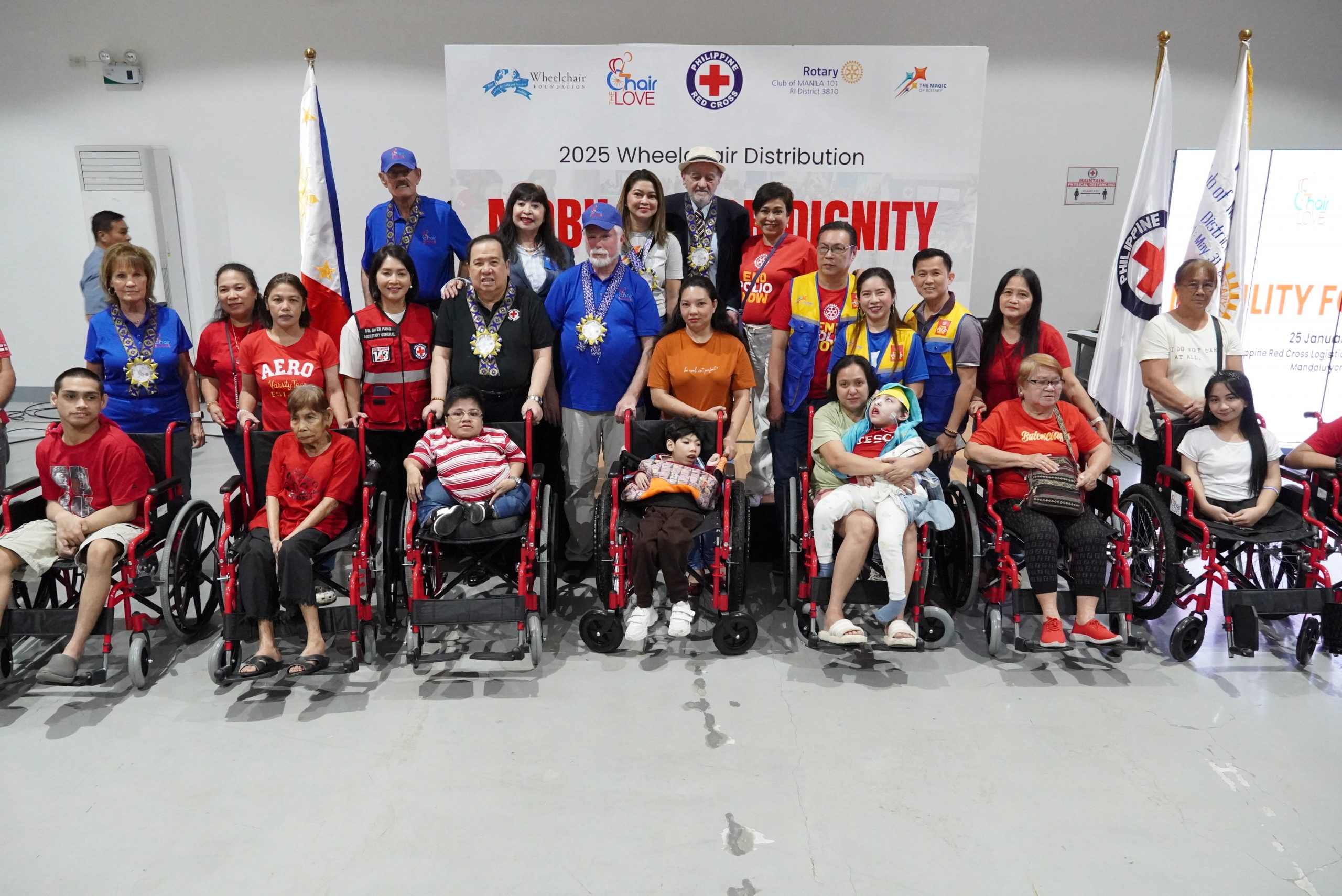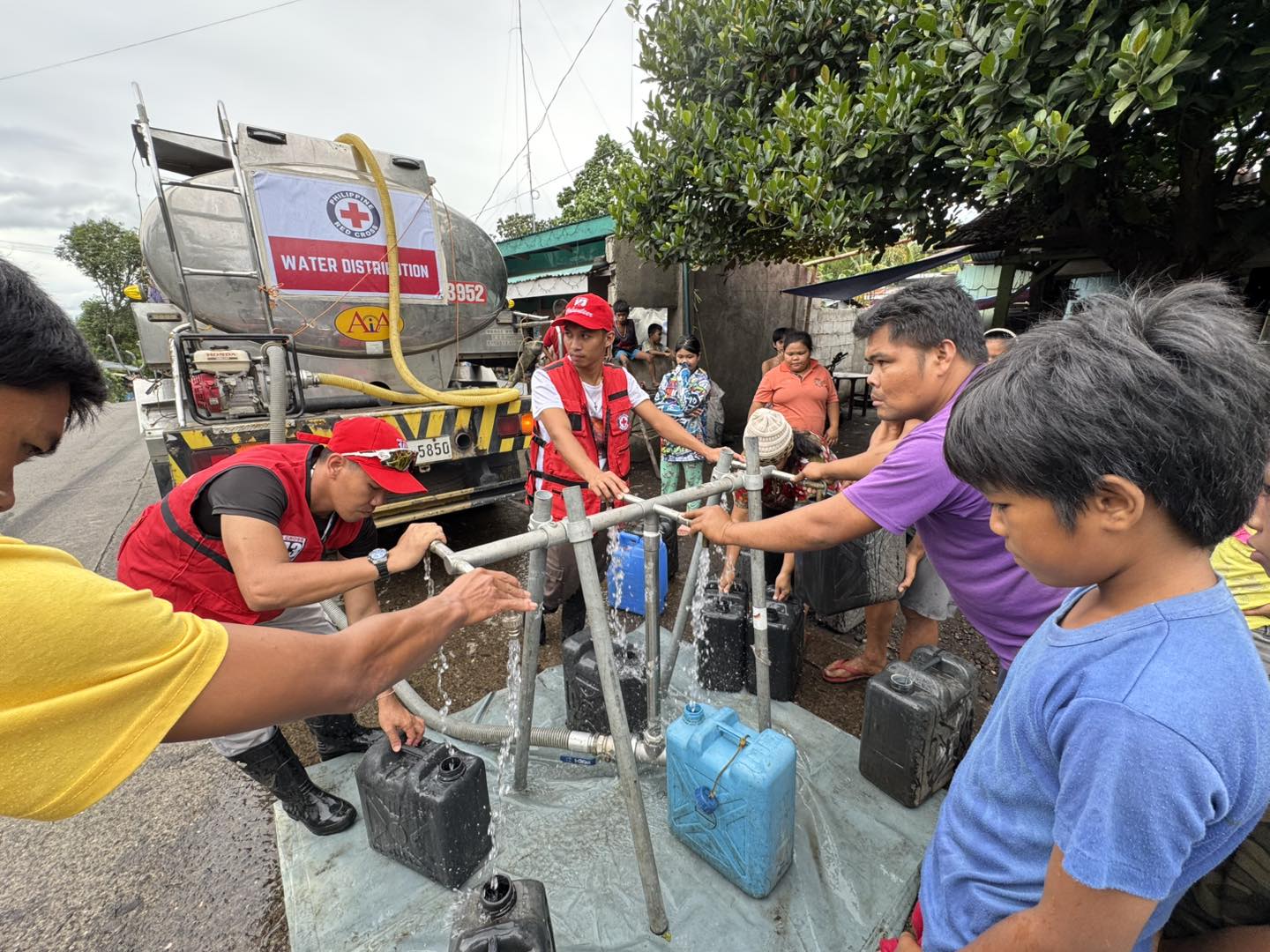Responding quickly to the rising number of dengue cases in the country, the Philippine Red Cross (PRC) intensifies its “B.E.A.T. Dengue Campaign” under the leadership of PRC Chairman and CEO Dick Gordon, the B.E.A.T. Dengue Campaign is a nationwide dengue outbreak prevention and response plan that started in 2024.
“B.E.A.T.” stands for Break breeding sites by mobilizing Red Cross 143 volunteers to help mobilize communities for dengue prevention and response activities; Educate the community through the dissemination of dengue-related communication materials; Assist dengue patients and hospitals by providing ambulances, blood, welfare desks, and medical tents; and Trace dengue hotspot areas through PRC’s 102 chapters across the country.
“We don’t just provide blood for dengue patients, the ongoing beat dengue campaign around the country mobilizes communities to work together in dengue prevention and response. The dengue cases are still rising and according to the DOH, we are expecting more areas to declare dengue outbreaks. Mahalaga na handa tayo at alam natin ang gagawin para maiwasan ang pagdami pa ng kaso ng pagkakasakit. Alam natin na delikado ang dengue at maaaring makamatay. Huwag na nating iasa sa iba ang paglilinis ng kapaligiran, tayo na mismo ang kumilos para sa ating kaligtasan. Magtulungan po tayong lahat para magligtas ng buhay,” said Chairman Gordon.
According to PRC Health Services, 15 PRC Chapters have already conducted community-level dengue prevention activities such as distribution of information materials and clean-up drives in 24 key communities in Quezon City, Caloocan, Marikina, Kalinga, Bataan, Tarlac, Mountain Province, Bulacan, Abra, Cebu, Iligan, Misamis Oriental, General Santos City, Surigao Norte, and Agusan Sur; this mobilization has reached over 3,000 individuals.
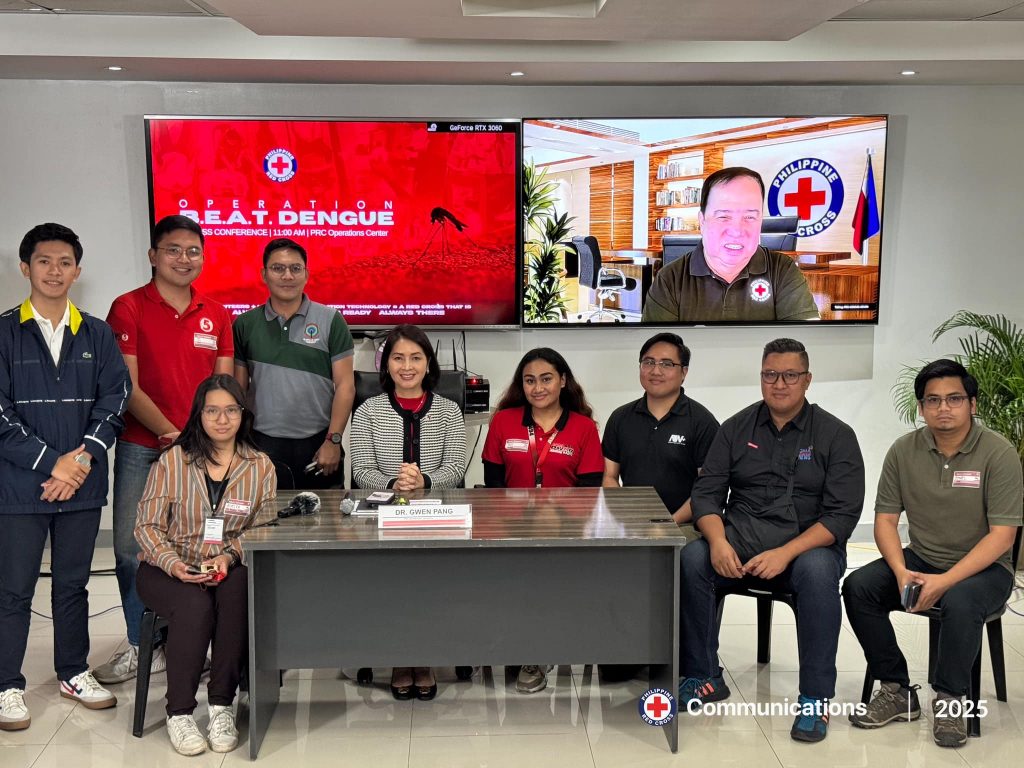
“Prevention is better than cure. We don’t wait to be infected before we act. The PRC is continuously educating the public about dengue prevention, but if a dengue patient needs blood, we have a robust blood supply,” PRC Secretary-General Dr. Gwen Pang added.
From January to mid-February of 2025, the PRC dispensed 1,078 blood units for dengue cases, a 106% increase from 524 blood units in 2024. The public may call the PRC hotline 1158 for dengue-related concerns.
